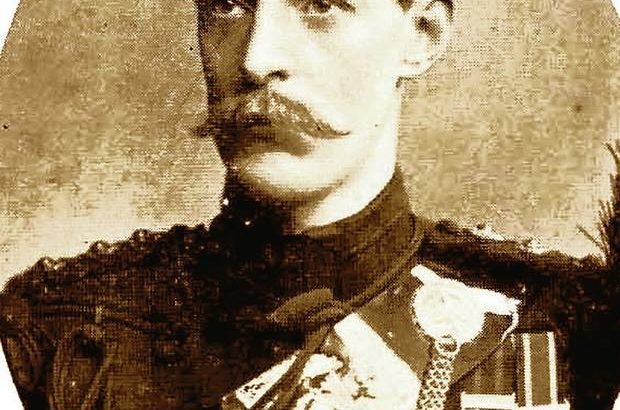Guilty but insane: J.C. Bowen-Colthurst: Villain or Victim?
by James W. Taylor
(Mercier Press, €19.99)
J. Anthony Gaughan
John Bowen Colthurst, born in Cork on in 1880, attended Sandhurst Military College and was commissioned a lieutenant in the Royal Irish Rifles in 1899. Subsequently he served in the Boer war and later in India and Tibet.
A member of the expedition which went to the aid of Belgium in September 1914, he was seriously wounded in one of the first battles of the Great War. Leaving hospital unfit for front-line service, he was posted to Portobello barracks in Dublin, where he performed recruiting duties.
The outbreak of the Easter Rising on 24 April 1916 drove Bowen-Colthurst into a frenzy and he led troops in forays across the city during which he shot two civilians. He also arrested and brought back to Portobello barracks two journalists, where the pacifist, Francis Sheehy Skeffington, was already being detained.
Court-martial
He had the three taken into the barracks yard and shot without trial. This was reported and was brought to the attention of Lord Kitchener at the War Office in London, who ordered Bowen-Colthurst to be court-martialled.
The court-martial was held at Richmond barracks on June 6 and 7, 1916, and Bowen-Colthurst was found guilty but insane and committed to Broadmoor Asylum for the Criminally Insane. He was released from Broadmoor to a private asylum in January 1919 and was subsequently released as sane and emigrated to British Columbia in Canada. His family home at Dripsey, Co. Cork, was destroyed by the IRA in 1920 to ensure that he would not return and settle there. He died on December 11, 1965.
In this comprehensive biography James W. Taylor throughout emphasis the mental fragility of his subject. Nowadays he would be described as probably suffering from post-traumatic stress syndrome. However, it should never be forgotten that he was responsible for the deaths of six innocent civilians.



